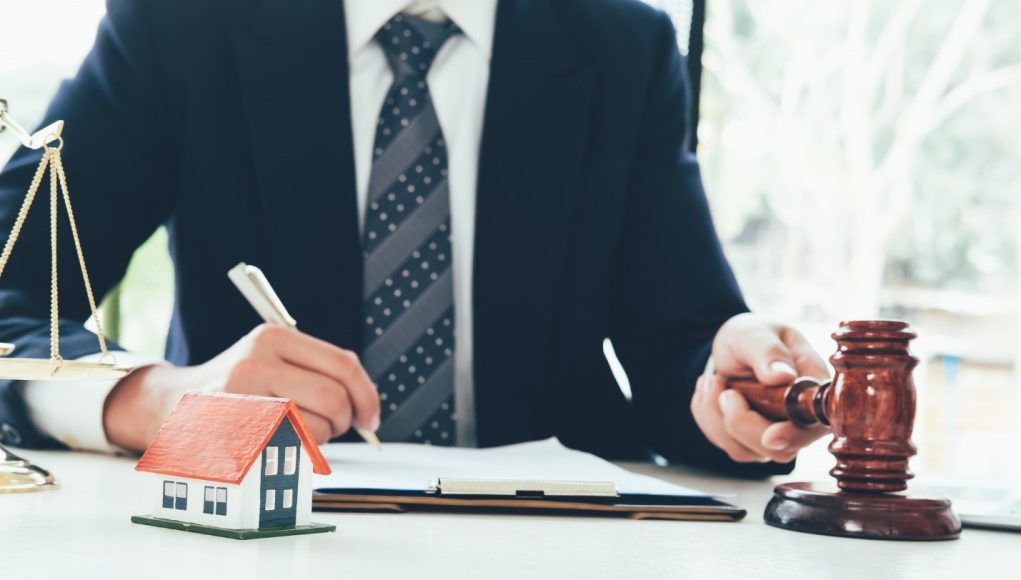As Executive Director of Xavier Limited, Zuneth Sattar has always had interest in buying commercial property and regenerating it for personal use. This article explores the booming commercial property market, identifying key stages in the buying process.
The UK Commercial Property Market
According to the 2017 PIA Property Data Report, commercial property accounts for approximately 13% of the value of all UK buildings. The majority of commercial property consists of offices, retail, leisure and industrial premises, with alternative commercial property types including facilities such as schools and petrol stations.
The purchase of commercial property consists of several key stages.
Finding the Right Property
Choosing the right property to invest in is critical to achieving a profit. Accomplished investors avoid making a purchase at the top of the market when property prices are high.
It is important to identify local and national trends in commercial property markets, examining issues such as:
- Supply
- Demand
- Value
- Availability of finance
- Competition.
In terms of choosing the right property, major considerations include property type; tenure, i.e. whether the property is freehold or leasehold; and property size. Location is paramount. It is important to consider how the premises will suit the tenant’s needs, taking into consideration factors such as local air, rail, road, and sea links; local congestion charges; parking and delivery facilities; local amenities and their proximity to potential customers and employees; equipment, facilities, and furniture; and space configuration.
Budgeting and Finance
In property transactions, a deposit is generally paid by the buyer to the seller on exchange of contracts, with the remainder of the purchase price becoming due upon completion. In addition to the purchase price, buying commercial property incurs numerous other expenses, including professional advice from solicitors and surveyors, Stamp Duty Land Tax, VAT, mortgage broker fees, redecoration and refurbishment costs, and setting up facilities.
Where a purchaser plans to retain ownership of the premises, letting it out to tenants, ongoing costs might include maintenance and repairs; services such as cleaning and security; insurance; local authority charges; property management agent fees; utilities; commercial mortgage repayments; and business rates.
The buyer may require a mortgage to finance their investment. With a range of lending sources available, it is important for commercial investors to analyse the market, comparing mortgages to secure the right deal. Lenders often require a significant amount of information before making a mortgage offer, and will typically want to see a business plan, business bank account statements, and a commercial mortgage repayment proposal.
Making an Offer
The commercial purchaser makes an offer, usually in writing, to the seller’s estate agent. If the offer is refused, it may still be possible to negotiate a deal.
If an offer is accepted, the purchaser typically asks the seller to take the property off the market to prevent bids from other interested parties.
The buyer should then carry out a local authority search to check for anything that could impact the property’s value.
Exchange of Contracts and Completion
The buyer and seller’s solicitors negotiate the ‘heads of terms’ delineating details of the transaction. The document sets out how the transaction will proceed, including financing arrangements and proposed timescales.
Some purchasers request an exclusivity agreement, providing peace of mind that the seller is not negotiating with other parties while the buyer undertakes due diligence checks.
A prudent purchaser will instruct a surveyor to inspect the property. This can highlight potential problems and serve as a bargaining tool to achieve a reduction in asking price.
When finance is in place and both parties are happy with the contract and the state of the property, contracts are exchanged, with the buyer paying a deposit to the seller. The deal is completed when documents are dated, signed and delivered, at which point the keys are handed over and the purchaser becomes the new owner.
















